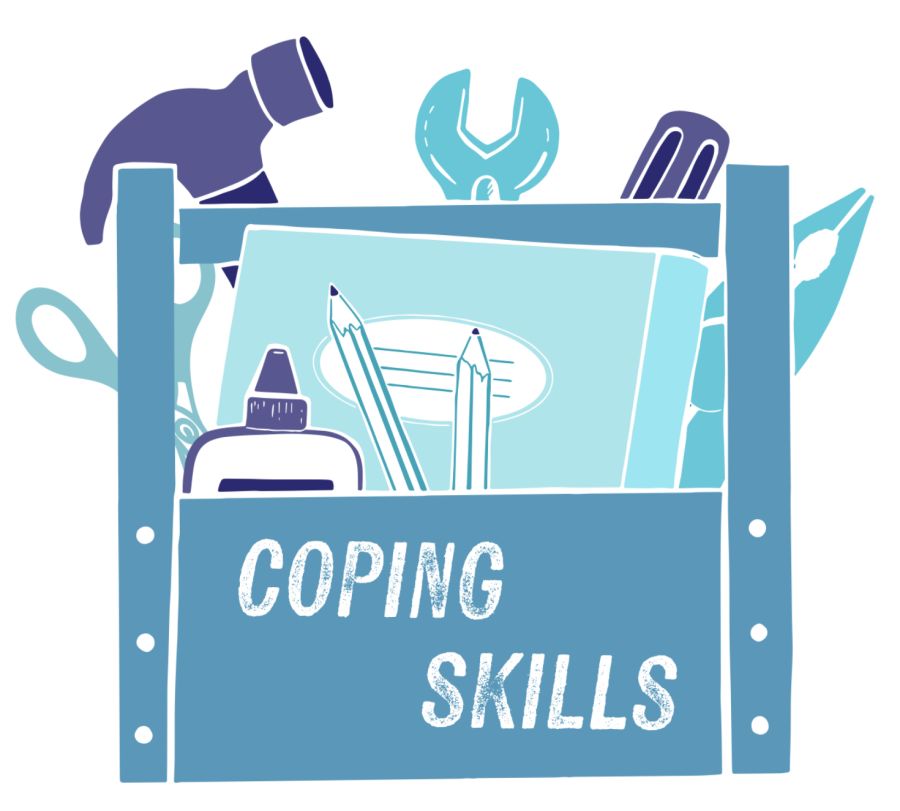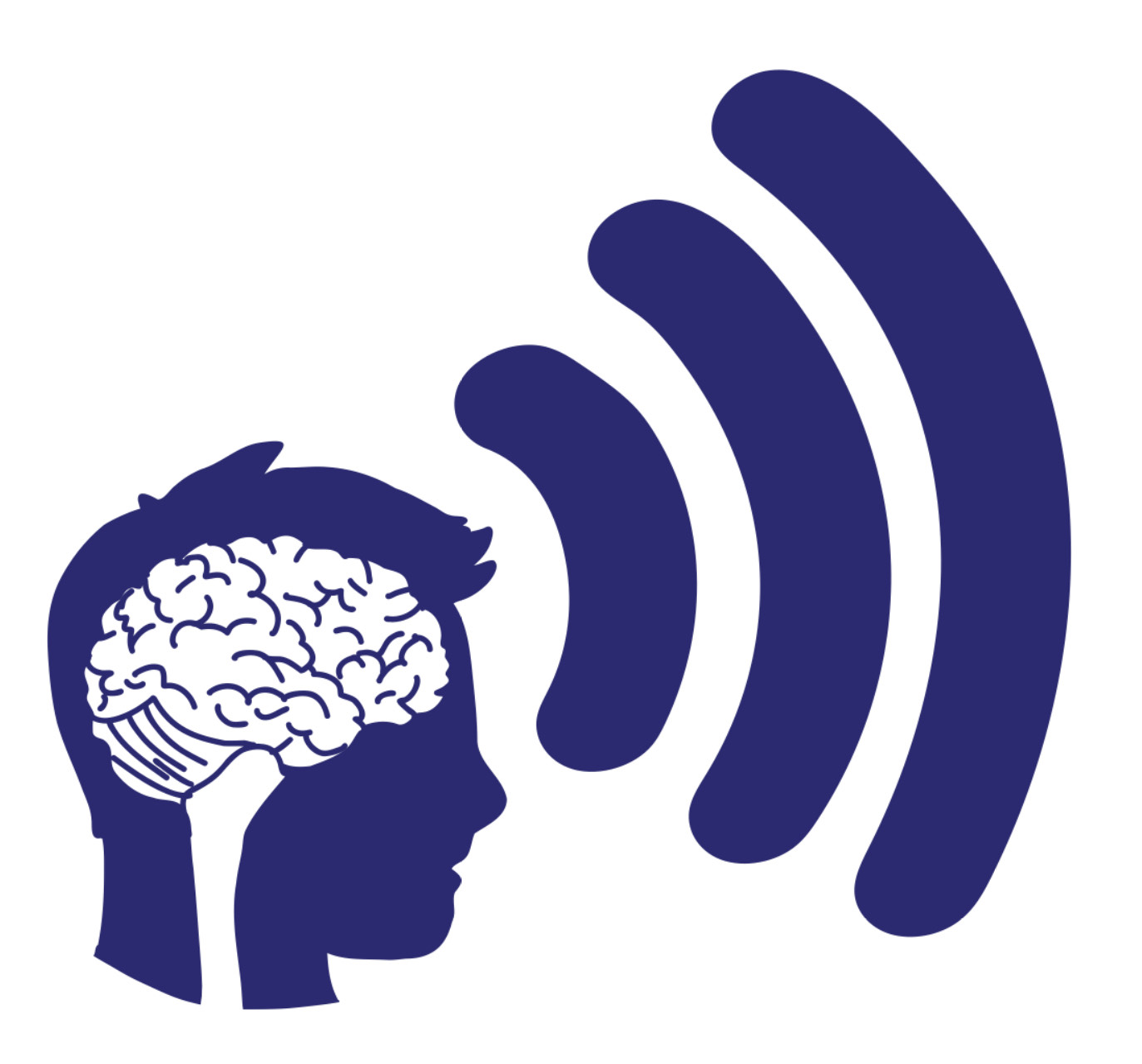Quieting a Noisy Mind
“What are you thinking about?” is a question I used to ask a lot, and was always so baffled when someone said “Nothing”. That’s because I have a noisy mind. It’s busy all the time, and much like the city of New York… it never sleeps. But I’m not alone. Did you know that a common symptom among the neurodivergent community is a noisy mind? Whether you have racing thoughts, non-stop inner dialogue, or multiple ideas all competing for attention, a noisy brain makes it hard to focus. With so much going on in your mind at once, it can get loud pretty fast. While a busy brain can help us think more creatively, it can also distract us and make it harder to do the things we want to. Too much noise makes simple things, like reading or talking, much harder. So let’s talk about some ways you and your child can quiet the mind when things get too loud.
- Exercise the body: Although a good run can really help clear the mind, you don’t need to make this a hard workout. Just dancing to your favorite song, playing a game of tag, or simply taking some time to stretch, are all great ways to activate your heart and get your blood pumping. A healthy heart means a healthy brain. It can also help get out any jitters or anxiety you may have pent up.
- Experience what’s around you: If you have a particularly loud mind, or are new to the practice of quieting your thoughts, the idea of complete silence is daunting. Luckily complete silence isn’t always needed. Instead simply find a nice place to sit or lay down and focus on taking in everything around you. You will start to notice things you haven’t before. Maybe it is the sound of cars as they pass by outside - The sound of the tires rolling, quietly growing as the car nears and fading as it passes by. (Pro tip: Okay mom… This is for you. If you are doing this at home, looking around the room will only make you think of all the things you need to clean, do, or put away. So do yourself a favor and close your eyes.)
- Repeat a mantra: It doesn’t even have to be a deep quote from a Buddhist philosopher for this to work. A simple song lyric, your favorite colors, or something as simple as the word “breathe” will work. Anything will do, just keep it short. Slow down your breathing and hear the word or phrase in your head. When new thoughts appear, simply wave hello and return to your matra.
- Brain Dump: Sometimes the best way to quiet the mind is to get the thoughts out of your head and into the world. Sit down with your child and some blank pieces of paper.Set a timer, and write, or draw whatever comes to mind within that time. It doesn’t need to be pretty or make sense. This isn’t a test, and it definitely isn't a todo list either. It is just exactly what it sounds like… a brain dump. When the timer goes off you can keep them or throw them away. Do whatever feels best to you. (If this works well for you and your child, consider getting you both your own journals, just for this exercise.)
- Laugh: We want to quiet the mind, but that doesn’t mean you need to be quiet too! When we laugh our brains are often clear and all our focus is simply on the humor we feel. Did you know that laughing not only clears the mind, but it releases hormones that decrease stress, energize you and sharpen your concentration? Plus it’s fun! For that reason it might just be my favorite option on this list.
Remember, it’s okay to have a busy mind! Busy minds are some of the best problem solvers and creatives out there! But even the best busy minds, all buzzing with wonderful curiosity, can get too loud. That’s why it is important to find the time to slow down and reduce the noise. However you choose to quiet your mind, be patient with yourself. All things take practice.
Annalyse Tanzos
Related Articles That Might
Interest You

Neurodivergent Special Interest

Coping Skill( CBT techniques and DBT techniques)

